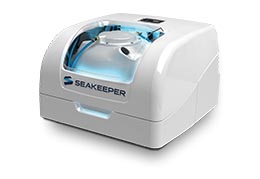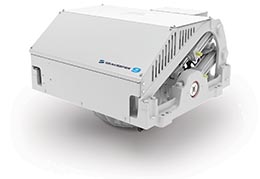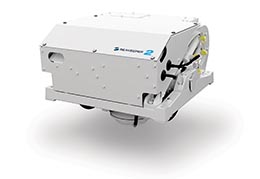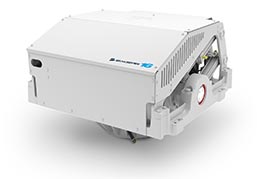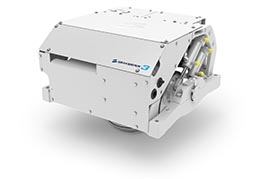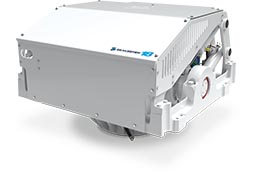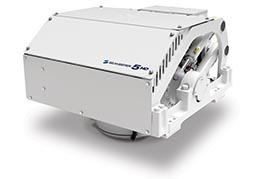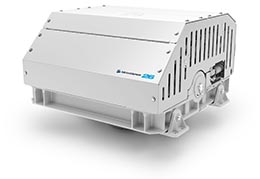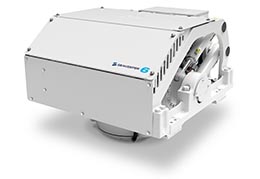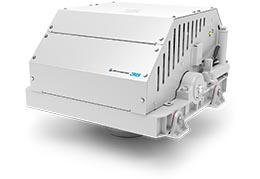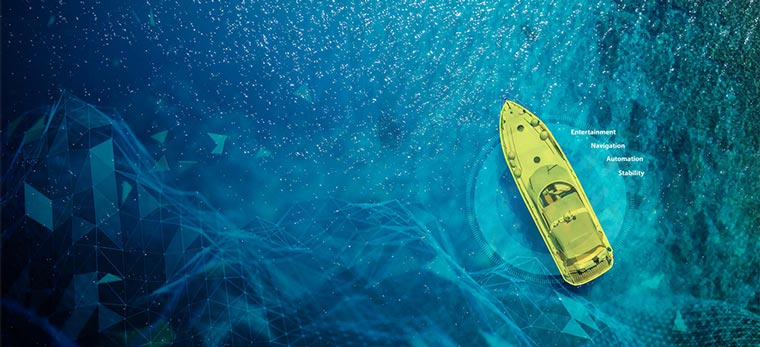As you might suspect, boat plumbing in Ft. Lauderdale, FL is different from household plumbing. Though it shares some similarities with RVs, like small space and mobility, there are differences between them, too.
First of all, you’re not on solid ground, and there’s a plumbing system to safely discharge the water you use on your boat. Second, and this applies even more so to saltwater vessels, you need to have storage for the water you’re going to use. How does plumbing work on a yacht? How does the water get to and drain away from sinks, showers and toilets? Read on to find out.
Water in
Let’s start with how the water gets in. Boats have a freshwater storage tank filled with potable water. Only the shower and the sink need fresh water, and both use a pump to draw from this tank as their source. Obviously, the toilet doesn’t need to be filled with drinking water, so where does that water come from? The toilet on a boat is either a chemical toilet (something like a nautical porta potty), or it uses a device called a seacock to get water from the outside. This is a valve that draws water in from wherever you are floating with the use of a pump. It has a mesh filter that keeps out debris.
Water out
Now that we’ve got water in, how does it get out? And what keeps it from polluting the water around you?
Used water from sinks and showers can be routed through a gray water system. In this system, used water goes through a P-trap and then out into the water. Because it goes back out into the environment, you must use biodegradable soap, which is usually labeled “no phosphates.” Water from the shower drains either to the bilge or to a dedicated shower sump, and from there it’s pumped outside (usually above the waterline).
Of course, you don’t want anything from the toilet going out into the environment, so for this “black water,” there is a holding tank. This tank can be emptied as a dock with a pumping station.
Getting around
How does the water get around? The pumps are the main force for moving water, and these can either be electric or manual. The type of pump you use will also determine what kind of spigot your faucet requires.
All the piping for the water system on your boat must be non-toxic and non-contaminating. Traditionally, clear PVC reinforced with polyester braid has been used for this. Recently, however, semi-rigid polyethylene (PE) tubing has become a popular choice. This is often used in RVs, and can be combined with quick-connect fittings for easy assembly. PE tubing comes standard in opaque white, but you can also get it in different colors like blue or red, which may come in handy down the road for identifying water lines. PE is less flexible than PVC and must be cut to specific lengths, but the tubing is cheaper than PVC.
For more information about how your yacht’s plumbing works in Fort Lauderdale, FL, call Starboard Yacht Group LLC today.

